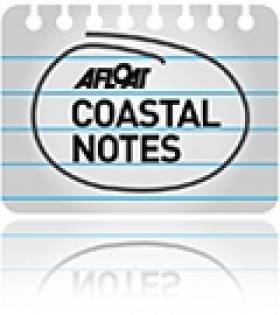Displaying items by tag: Vintage boats
Old Gaffers Hit the Liffey
Organised by the Dublin Bay Old Gaffers Association and the Poolbeg Yacht and Boat Club, it will also feature skiff racing involving competing men, women and mixed rowing crews from Wicklow, Dun Laoghaire, Arklow, Greystones, Bray and two entries from Ringsend, assembled by the East Coast Rowing Council.
The stretch of the river near the Poolbeg club will be a scene of constant craft movement from the Beckett and East Link Bridges downriver to entrance to Dublin Bay. The skiff racing will be over a five- hour period from 2pm.
The best vantage point for the public to be up close to the rowing action will be East Link Road from the yacht club to the East Link Bridge.
The DBOGA expect gaffers from Wales, Northern Ireland, the Isle of Man to join local craft in a parade upstream and downriver to the entrance to Dubllin Bay in a parade of over 20 craft dressed overall.
Included in the visiting craft will be WILMA, A 60-foot Baltic Trader from Port Pnryn on the Menaii Straits, the Scots Zulu Breccon Lass of the Poolbeg club, the Galway Hooker, Naomh Chronain, built by hooker enthusiasts in Clondalkin, the gaff sloop Marguerite built in Malahide 114 years ago and the engineless Happy Quest from Milford Haven.
The DBOGA's special guest for the weekend will be the noted shipwright, John Kearon, who leads the small team currently completing the conservation of ASGARD and headed for future display in the National Museum at Collins Barracks.
John Kearon has honoured the association with a special ASGARD trophy made up of original ASGARD timber and portions of new wood that has gone into her hull. This will be the major prize for all future DBOGSA events and will be competed for over a five-hour race in the bay on Saturday scheduled to start at 2pm.
That same evening victuals for the hungry racing crews will consist of a hog roast on the club premises followed by prizegiving and the first presentation of the new ASGARD Trophy.





























































